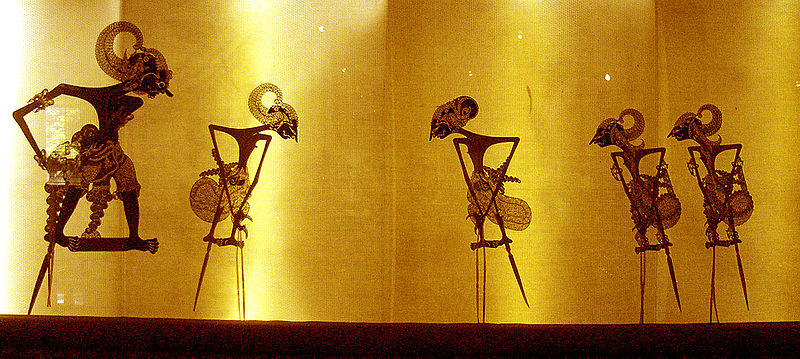 |
| Abimayu |
In Javanese wayang, Abimanyu also known as Angkawijaya, Jaya Murcita, Jaka Pengalasan, Partasuta, Kirityatmaja, Sumbadraatmaja, Wanudara and Wirabatana. He is the son of Arjuna, one of the five Pandawa knights with the Goddess Subadra, the daughter of King Basudewa, the King of Mandura with the Goddess Devaki. He has 13 other maternal brothers, namely: Sumitra, Bratalaras, Bambang Irawan, Kumaladewa, Kumalasakti, Wisanggeni, Wilungangga, Endang Pregiwa, Endang Pregiwati, Prabakusuma, Wijanarka, Anantadewa and Bambang Sumbada. Abhimanyu is a creature of the gods. Since in the womb he has got "Wahyu Hidayat", which is able to make him understand in everything. It is said that because of his solemn retreat, Abhimanyu received the Revelation Makutha King, the revelation stating that his descendants would be the successors to the throne of the Hastines.
In the puppet, Abimanyu is a character who has a subtle nature and character, both his behavior, his words of light, his heart is hard, his responsibility and brave. His military education was taught directly by his father, Arjuna. While the science kebatinannya he got from his grandfather, Bagawan Abiyasa. Abimanyu lives in the Palangkawati palace, after defeating Prabu Jayamurcita
An old wayang kulit puppet, a gift from a dhalang in Wonogiri.
Copyright Image/ Source Flickr
Tjahjono Rahardjo
Location
Kauman, The City of Culture Indonesia
Download Full-Res Image


















